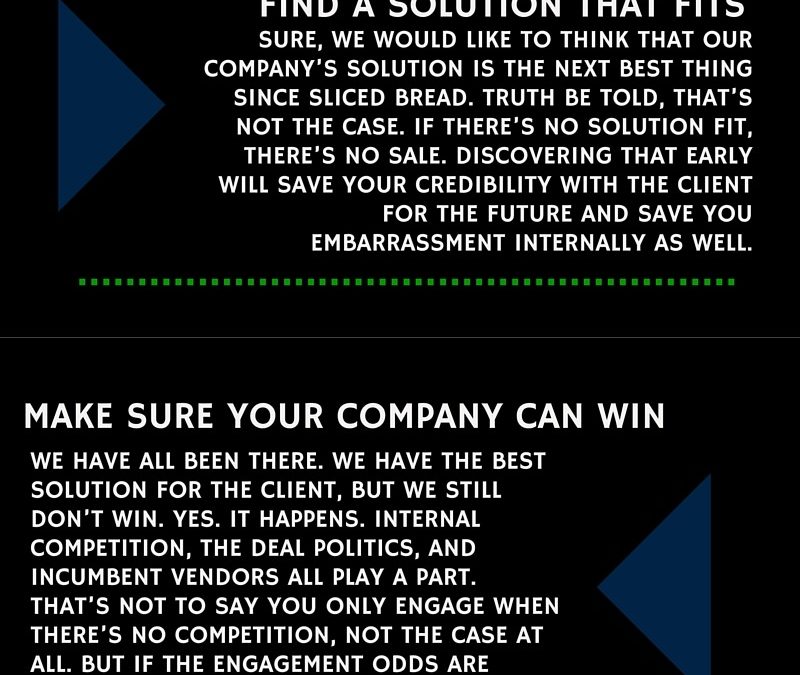
by Fronetics | Jan 4, 2016 | Blog, Logistics, Marketing, Social Media, Supply Chain
 Companies within the logistics and supply chain industries are revolutionizing their marketing strategies by leveraging social media. They are using blogs, in particular, to establish their position as thought leaders and to drive business to their sites.
Companies within the logistics and supply chain industries are revolutionizing their marketing strategies by leveraging social media. They are using blogs, in particular, to establish their position as thought leaders and to drive business to their sites.
Fronetics is, once again, looking to uncover the top industry blog of 2015. We need your help by voting for your favorite blog in the logistics and supply chain industries. Vote here! Answers will be collected through January 15, 2016.
See last year’s top blog and honorable mentions!
Your nominations are confidential and will be reported in aggregate with no identifiable information (individual or company) attached. Please contact [email protected] with any questions.

by Fronetics | Oct 15, 2015 | Blog, Consumer Electronics, Logistics, Marketing, Social Media, Strategy, Supply Chain

Consumers are using social media to help them make purchase decisions. An infographic by Invesp provides key details including that:
- 4 in 10 social media users have purchased an item online or in-store after sharing it or marking it as a favorite on Twitter, Facebook or Pinterest.
- 50% of those purchases take place within a week; 80% take place within 3 weeks.
- 71% of consumers are more likely to make a purchase based on social media referrals.
- Twitter is the most influential for tech purchases, and the least influential for gardening and decor.
- The top 2 ways Twitter helps solidify purchase decisions are: purchase location identification and product discovery.
A Consumer Electronics Association (CEA) study found similar results. CEA found that 24 percent of consumers who use social media say that they always or almost always refer to social media websites before they make a consumer electronics purchase. For high engagement users (13.5 or more hours per week) this increases to 65 percent.
Here’s how companies can use this information to reduce returns.
Inform
Use social media to give consumers the basic facts about your company and your product.
Educate
Use social media to educate consumers about your product. Specifically, social media can be used to educate the consumer about how the product can be used, the benefits that can be realized by the use of the product, and the ROI of the product.
Engage
Use social media to engage with consumers.
If a consumer is considering the product, use social media to answer questions the consumer has, or to address concerns. Similarly, if the customer has already purchased your product, you can use social media to answer questions the consumer has, or to address concerns.
Through the use of social media you can enable consumers to make more informed purchase decisions. Additionally, you can use social media to answer questions and better educate consumers on how to use your product thereby reduce no fault found returns.
This was originally published on Electronics Purchasing Strategies.

by Elizabeth Hines | Oct 12, 2015 | Blog, Logistics, Strategy, Supply Chain

There are organizations that sell products and there are organizations that sell solutions. To be sure, both can be successful as long as products are being sold as products and solutions like solutions. The difference is that the product sale is really a commodity sale. Commodities come with an “each” price or a “per pound” pricing matrix, etc. It usually is a short or shortened sales cycle and negotiations revolve around the total price and your typical supplier performance metrics. The solution sale is much different. This sale is one that requires client discovery, isolation of unique client pain points (that only your solution can address effectively), and being able to drive distinct value for the client, and in turn, for your organization. This sales effort is highly specialized and requires selling time (sales cycle) that is much more detailed than a product sale. That being the case, you need to be sure that your close rates are high enough to justify the work load and sales cycle needed. You also need to be sure that the deals you close have a deal size that reflect the sales effort and cycle time (said another way, is the deal worth winning?)
If your sales team thrives on creating value for their customers far beyond ‘supplying’ their ‘product’ at the best price, check out our other solution selling tips below.

Fronetics Strategic Advisors is a leading management consulting firm. Our firm works with companies to identify and execute strategies for growth and value creation.
We advise and work with companies on their most critical issues and opportunities: strategy, marketing, organization, talent acquisition, performance management, and M&A support.
We have deep expertise and a proven track record in a broad range of industries including: supply chain, real estate, software, and logistics.

by Fronetics | Sep 23, 2015 | Blog, Logistics, Strategy, Supply Chain

Logistics is logistics is logistics– right? Wrong. The direction the product is moving in the supply chain – forward or backward – makes a difference.
Forward logistics, or the forward supply chain, is all about getting the product to market. In contrast, reverse logistics, or the aftermarket supply chain, is inclusive of events that move the product at least one step back in the supply chain. That is, reverse logistics is inclusive of activities that move goods from the consumer to the distributor or the manufacturer, and is inclusive of operations related to the reuse of products and materials.
The direction in which the product is moving matters. Companies that attempt to employ the same strategy for their reverse logistics process as they do for their forward logistics process do so at their peril.
The forward supply chain has its challenges. The forward supply chain has risks and it has surprises. However, the forward supply chain is more predictable and more certain than the aftermarket supply chain.
There is a greater level of uncertainty and predictability in reverse logistics. Because of this, when it comes to reverse logistics, flexibility needs to be a key component of your strategy.
Specifically, in forward logistics the product itself, the quality of the product, and the volume of the product are known and are relatively easy to forecast. Likewise, rules and regulations are fairly straightforward and uniform, and the value of the product is known.
When it comes to reverse logistics there are many unknowns. The product, the volume of the product, the quality of the product, and the value of the product are difficult to forecast. Rules, regulations, and restrictions are constantly evolving and vary by state, country and region. Moreover, the visibility and speed at which it is necessary for the aftermarket supply chain to move is vastly different than that of the forward supply chain.
It is important to remember that when it comes to the supply chain one size does not fit all. Incorporating flexibility into your aftermarket supply chain strategy is essential to your success.
This post originally appeared on Electronics Purchasing Strategies.
![Content marketing for the logistics and supply chain industries [Download]](https://fronetics.com/wp-content/uploads/2024/10/About-Fronetics.jpg)
by Fronetics | Aug 25, 2015 | Blog, Content Marketing, Logistics, Marketing, Supply Chain

Earlier this year, when Fronetics Strategic Advisors set out to explore the role of content within the logistics and supply chain industries, a full 86% of the companies we surveyed reported using content as a marketing tool – their primary goals being to build brand awareness and generate leads. Remarkably, more than three quarters of these companies told us that content was an effective tool for their business. However, a top challenge identified by respondents was the execution of a structured and effective content strategy.
In response, we’ve developed a content marketing guide specifically for companies within the logistics and supply chain industries. This guide has been designed to not only get your content strategy off the ground, but also to supercharge your route to success. In it you’ll find step-by-step instructions, templates, lists, and samples that’ll walk you through building your own content strategy – from proven best practices to advanced techniques. Download your free content marketing guide to get started today.
When it comes to marketing we work with our clients to create and execute strategies that drive success and elevate their brand position within the industry. Unlike other firms, we align marketing programs with business objectives and, through a data driven approach, are able to deliver results with a targeted ROI. Our team is comprised of strategists, marketing professionals, writers, designers, and experts in social media. Together we leverage our experience to increase brand awareness, position our clients as thought leaders, drive meaningful engagement with prospects and customers, and help businesses grow.
We have deep expertise and a proven track record in a broad range of industries including: supply chain, real estate, software, and logistics.


 Companies within the logistics and supply chain industries are revolutionizing their marketing strategies by leveraging social media. They are using blogs, in particular, to establish their position as thought leaders and to drive business to their sites.
Companies within the logistics and supply chain industries are revolutionizing their marketing strategies by leveraging social media. They are using blogs, in particular, to establish their position as thought leaders and to drive business to their sites.





![Content marketing for the logistics and supply chain industries [Download]](https://fronetics.com/wp-content/uploads/2024/10/About-Fronetics.jpg)
